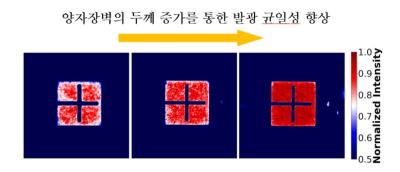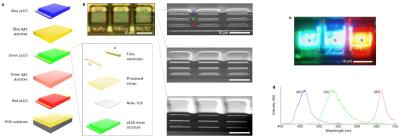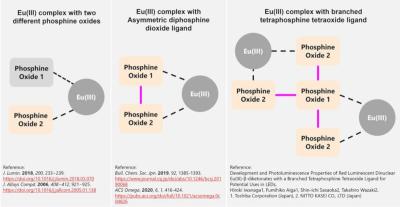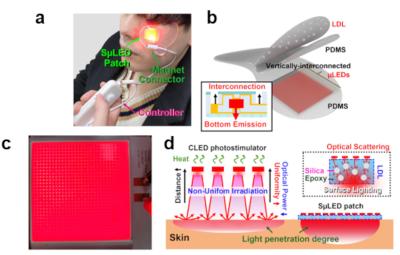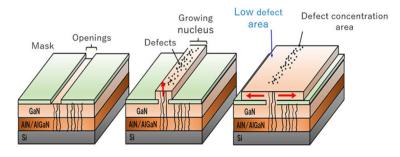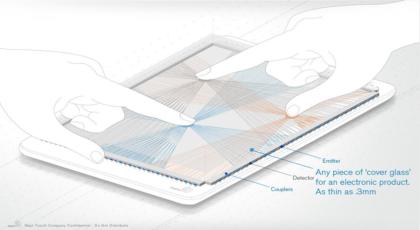On March 27 the MicroLED Industry Association will host a private webinar on perovskite materials for the microLED industry. Perovskite materials hold great promise for the solar industry and in recent years we are seeing promising signs for the adoption of perovskites the display industry.
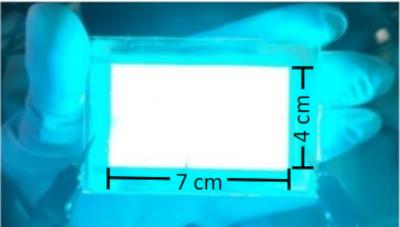
The upcoming Seminar will feature four world-leading speakers, and will also be open to a Q&A session. We will learn more about the state-of-the-art perovskite research and development, with a focus of course on applications in the microLED industry - for both perovskite QDs and PeLEDs.
- Prof. Henry Snaith FRS: leading the Photovoltaic and Optoelectronic Device Group at Oxford University, founder of Oxford PV and Helio Display Materials
- Simon Jones: CEO at Helio Display Materials, a perovskite material developer focusing on the display market, spun off from the UK's Oxford and Cambridge universities
- Prof. Lioz Etgar: leading perovskite researcher, Associate Professor of chemistry at the Hebrew Univeristy of Jerusalem, Israel
- Samuel Halim: CEO at electronics material developer Avantama
The MicroLED Industry Association was established with an aim to speak in a unified voice and promote microLED display solutions. The association works to improve communication, collaboration and partnerships within association members and assist its members in reaching their marketing and development goals. The association currently lists 29 members, including LG Electronics, 3M, PlayNitride, the Fraunhofer Institute (IZM and FEP), Coherent, Lextar/Epistar and many more.
